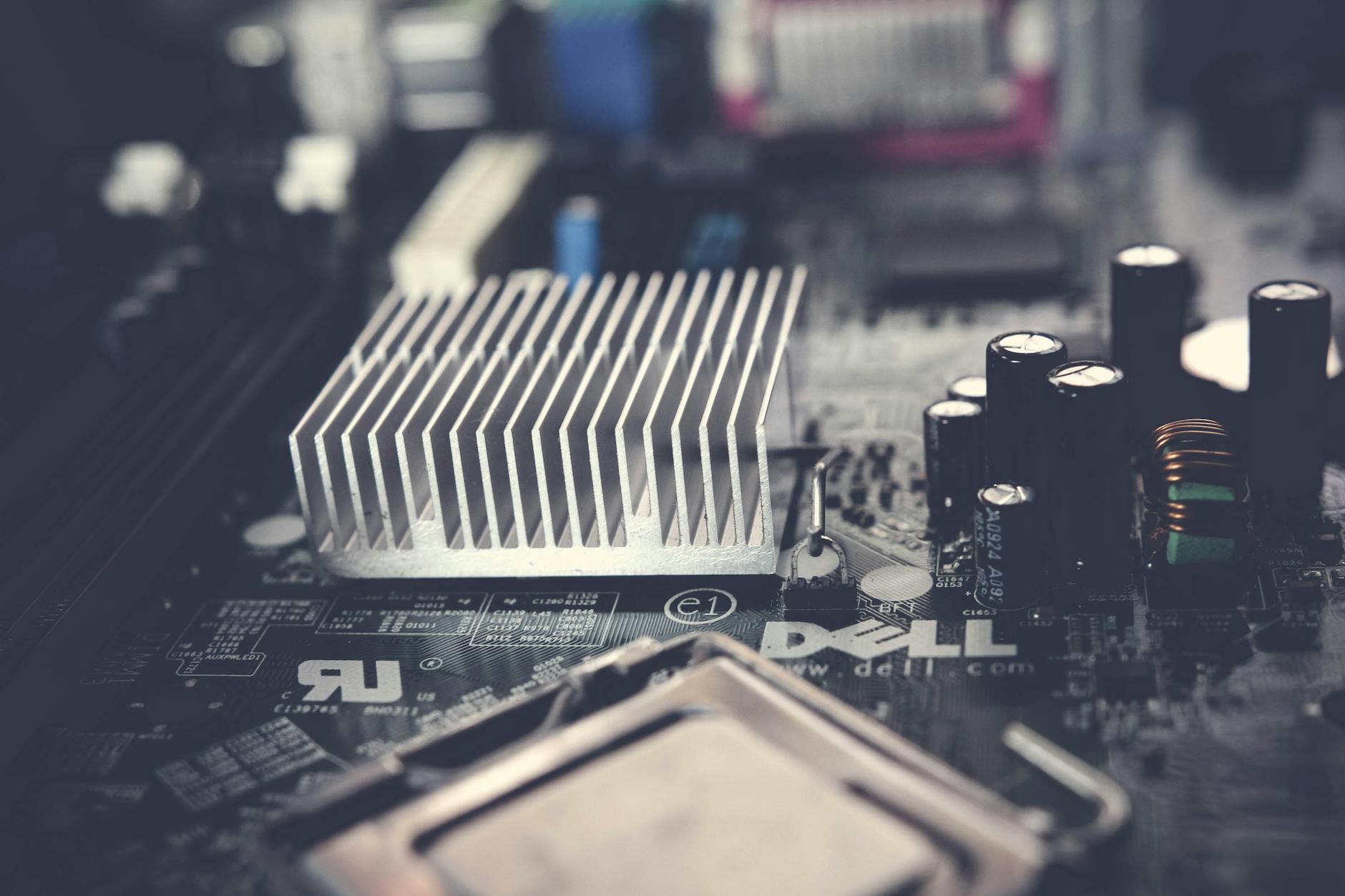How to Implement Security Cameras in Australia's Pet-Friendly Spaces

Setting Up Security Cameras
When it comes to setting up security cameras, it's crucial to first consider the specific locations where they will be the most effective. Spend some time assessing your space, much like a vet assessing an animal's environment, to determine optimal spots for visibility while minimizing obstructions. This is especially important if you're in places known for their vibrant and diverse community settings such as the RSPCA Brisbane Animal Care Campus. Placing cameras at entry points or areas of interest ensures comprehensive coverage and early detection of any irregularities.
There are various types of cameras available, which offer different features like night vision, motion detection, and audio capture. A WiFi nanny cam might offer the flexibility needed for remote monitoring, providing peace of mind when you are away. For those seeking more advanced features, you can explore options at a nearby spy store to discover state-of-the-art equipment that keeps both security and precision at the forefront.
Finally, when it comes to installation, understanding the basics is vital. Ensure proper mounting to avoid tilt or vibration that could distort footage. If you're considering concealed cameras, it's worth investigating suitable listening devices to complement your setup, enhancing both usability and security. This solid groundwork not only protects those under your care but empowers you to create a safe, watchful environment.
Ensuring Animal Safety
Pet-Proof Camera Mounting
Installing cameras securely in your home is crucial if you want to maintain a safe environment for both your human and furry family members. Ensuring pet-proof camera mounting can help you monitor your pets without interfering with their environment. One thoughtful approach is to position a nanny cam for elderly or pets out of reach—consider mounting it on a high shelf or wall corner. This can prevent any accidental knocks or bites, especially from curious kittens or playful puppies.
Non-Toxic Materials
When selecting materials for cam setups, non-toxic options are vital. For instance, opting for a secret camera housed in a material that won't harm pets if they decide to chew or scratch is advisable. It's all about creating a balance between technology and a pet-friendly setting.
Minimizing Noise Disturbance
Minimizing noise is another aspect to consider, especially if your home is bustling with activity or if your pets are sensitive to sudden sounds. Choose a cam recorder that operates quietly. This will help maintain an undisturbed environment for activities such as leisurely strolls through South Bank Parklands or visits to New Farm's pet-friendly cafes. A calm space not only benefits pets but also contributes to a serene home atmosphere.
Integrating these mindful practices can ensure that your living area is both tech-savvy and pet-friendly.
Creative Applications for Film making
Unique Shot Perspectives
Exploring unique shot perspectives can be invigorating for any filmmaker. Incorporating devices like a mini spy cam with audio might sound unconventional, but it offers an intriguing dimension to your projects. Whether you’re aiming for subtle angles or low-key environments, these compact cameras can stealthily capture scenes, adding an element of intrigue to your narrative. Imagine filming a quiet morning walk at the scenic South Bank Parklands—using such a cam could provide an authentic, ground-level view, bringing your audience closer to the experience without disturbing the natural setting.
Blending Security with Art
When it comes to blending security elements with artistic projects, devices typically used for monitoring—like those capturing spy cam video—can serve double duty. Their ability to unobtrusively film lends a candid flavor to your scenes. Using hidden cameras without compromising ethical standards can add layers and depth to storytelling. Picture crafting a film scene in a bustling pet-friendly cafe in New Farm; capturing the candid interactions of patrons with their pets could humanize your narrative beautifully.
Integrating with Current Gear
Integrating mini spy cams with existing film making equipment can initially be a challenge, especially when you're unfamiliar with surveillance tech. Assessing compatibility with your audio and video setups ensures seamless transitions from regular to covert filming. This integration can open doors to unexpected creative expressions, much like veritable collaborations between distinct film techniques. By carefully blending traditional filming tools with these novel gadgets, no creative vision remains out of reach.
Monitoring and Maintenance
Real-Time Monitoring Tips
When considering real-time monitoring, you might think of practical examples like using a door cam to keep an eye on your property. For those working in animal care, ensuring constant observation without causing stress to your pets is crucial. One of the key things to remember is to choose monitoring systems that are easily accessible through mobile apps on smartphones or tablets, allowing you to check in anytime throughout the day.
Regular Maintenance Practices
Maintaining your surveillance equipment doesn't have to be daunting. Start by cleaning camera lenses regularly to prevent dust and debris build-up, which can compromise image quality. Ensure all cables and connections are secure to avoid interruptions, and don't forget to check for software updates that can improve functionality and security. Keeping these devices in top shape is especially important when dealing with sensitive tasks, such as observing animal behavior at the RSPCA Brisbane Animal Care Campus.
Easy Troubleshooting
If something goes awry, like your hidden CCTV not recording properly, it's essential to stay calm and systematically troubleshoot. Begin by checking the power source and network connections, as these are common culprits. If the issue persists, consult the device's user manual or online support forums for guidance. A quick tip is to ensure there’s ample storage space available; sometimes, clearing out old footage can resolve many problems.
Common Security Camera Mistakes
Overlooking Environmental Factors
Neglecting environmental elements when setting up security cameras can lead to inefficient surveillance and potential damage. In Brisbane, where the climate can vary significantly, it is crucial to consider factors such as humidity, sunlight exposure, and rain. Position cameras under eaves or in shaded areas to shield them from direct sunlight and water damage. Additionally, ensuring the cameras are suitable for the local climate will protect them from Australia’s intense weather changes.
Inadequate Camera Positioning
Proper camera positioning is essential for optimal coverage of your premises. Avoid placing cameras too high, as this can limit their effectiveness in capturing detailed footage, particularly of smaller animals. Ensure cameras are positioned at an angle that captures key areas without blind spots. For instance, if you’re monitoring areas frequented by pets, consider their movement and height to capture clear footage. Imagine this being your furry friends roaming in the South Bank Parklands—they deserve peace of mind, not anxiety from an undertall lens.
Ignoring Compatibility Issues
Compatibility is often overlooked, yet it is vital to ensuring your system functions cohesively. Whether it’s integrating new cameras with existing security setups or ensuring your tech works with the latest apps and software, everything should harmonize. Before installing, check if the security camera drone system is compatible with your current devices. Also, always ensure your chosen technology aligns with protocols and standards common in Australia to avoid functionality issues.
Incorporating these simple, empathetic considerations will not only safeguard your environment but also ensure seamless operation, empowering you to focus on what truly matters—caring for the animals you love.


